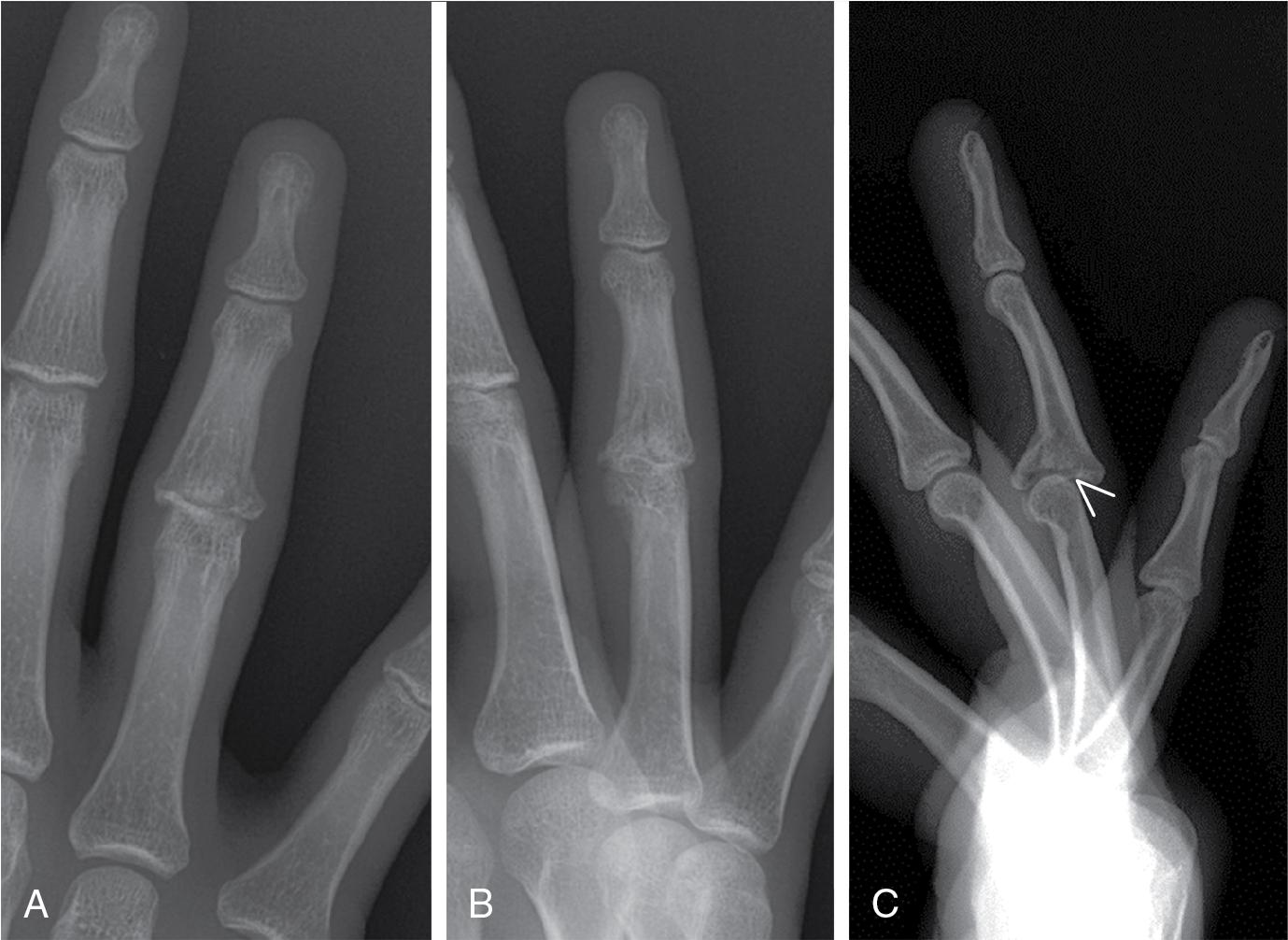Physical Address
304 North Cardinal St.
Dorchester Center, MA 02124
Dynamic external fixation of the proximal interphalangeal (PIP) joint is primarily used to treat intraarticular fractures of the middle phalanx with significant comminution or joint surface impaction, fractures with disruption of the volar or dorsal articular lip, and metaphyseal fractures with limited bone stock for internal fixation.
Additionally, a dynamic fixator can be used for unstable dislocations or fracture dislocations of the PIP that cannot maintain reduction with conservative treatments such as blocking splints.
The PIP joint develops posttraumatic stiffness rapidly. Dynamic external fixators are beneficial because they permit continued flexion/extension of the PIP while maintaining a reduction through ligamentotaxis.
Dynamic fixators must be cared for diligently by the patient, with pin care performed daily to prevent infection. Young children, patients with mental illness, or patients who are otherwise unable to participate in daily hygiene are not candidates for dynamic fixators.
Patients with active infection or surrounding soft-tissue loss are not candidates for dynamic fixators.
Subacute fractures: After roughly 2 weeks, fracture callus begins to develop, and indirect reduction will be difficult or impossible to achieve through externally applied traction force alone. In these cases, open reduction is indicated.
As with any injury of the phalanges, rotational and angular malalignment or shortening should be noted. Subtle rotational deformity can be identified by comparing the rotational alignment of the nail to the adjacent fingers.
Plain radiographs should be taken in posteroanterior (PA), oblique, and lateral views ( Fig. 10.1A–C ).

Fractures that disrupt the volar rim of the middle phalanx can create PIP instability, leading the middle phalanx to translate dorsally. This can create a subtle finding on a lateral radiograph, described as the “beak sign” or “V sign,” as detailed by the white lines in Fig. 10.1C . The formation of the beak sign signifies point loading between the articular surface of the proximal and middle phalanx, which can lead to rapid joint degeneration if not treated.
Computed tomography (CT) is rarely needed for phalanx fractures but can provide a more detailed assessment of articular comminution when plain radiographs are unclear.
Become a Clinical Tree membership for Full access and enjoy Unlimited articles
If you are a member. Log in here